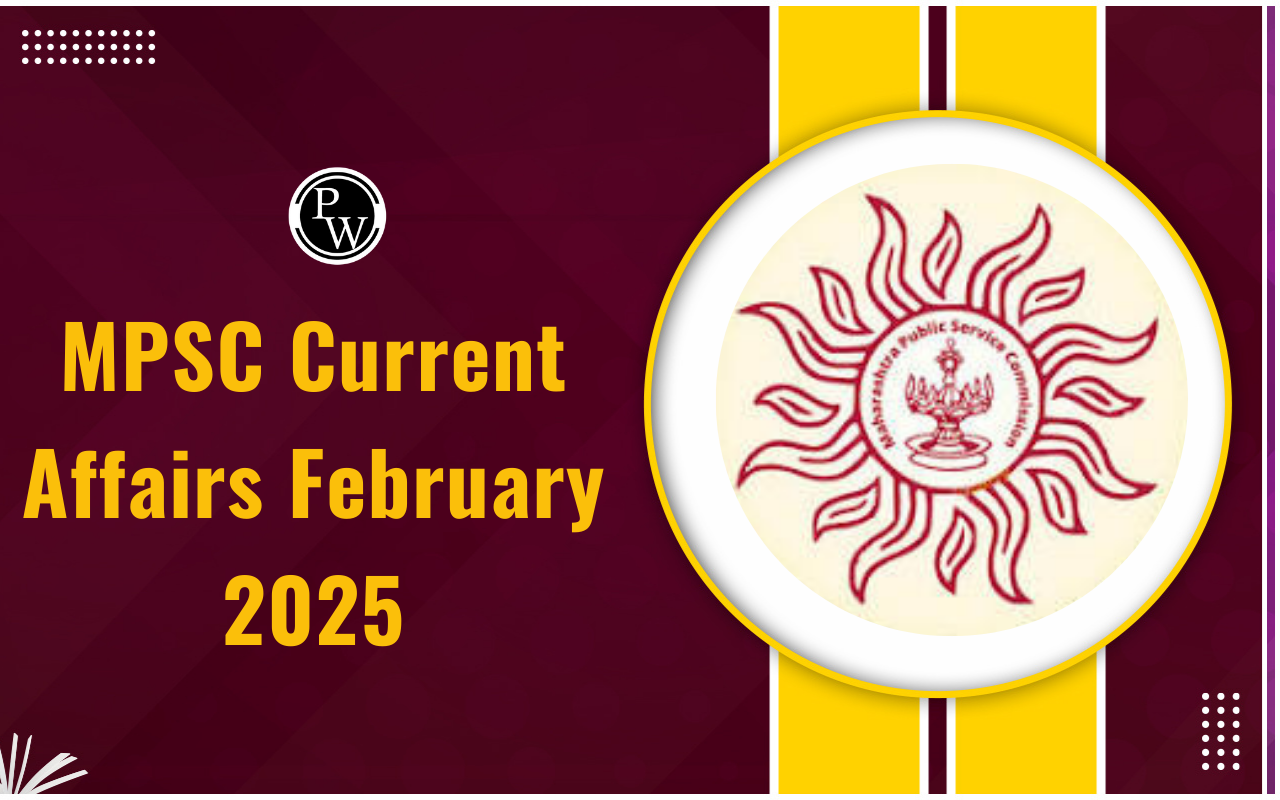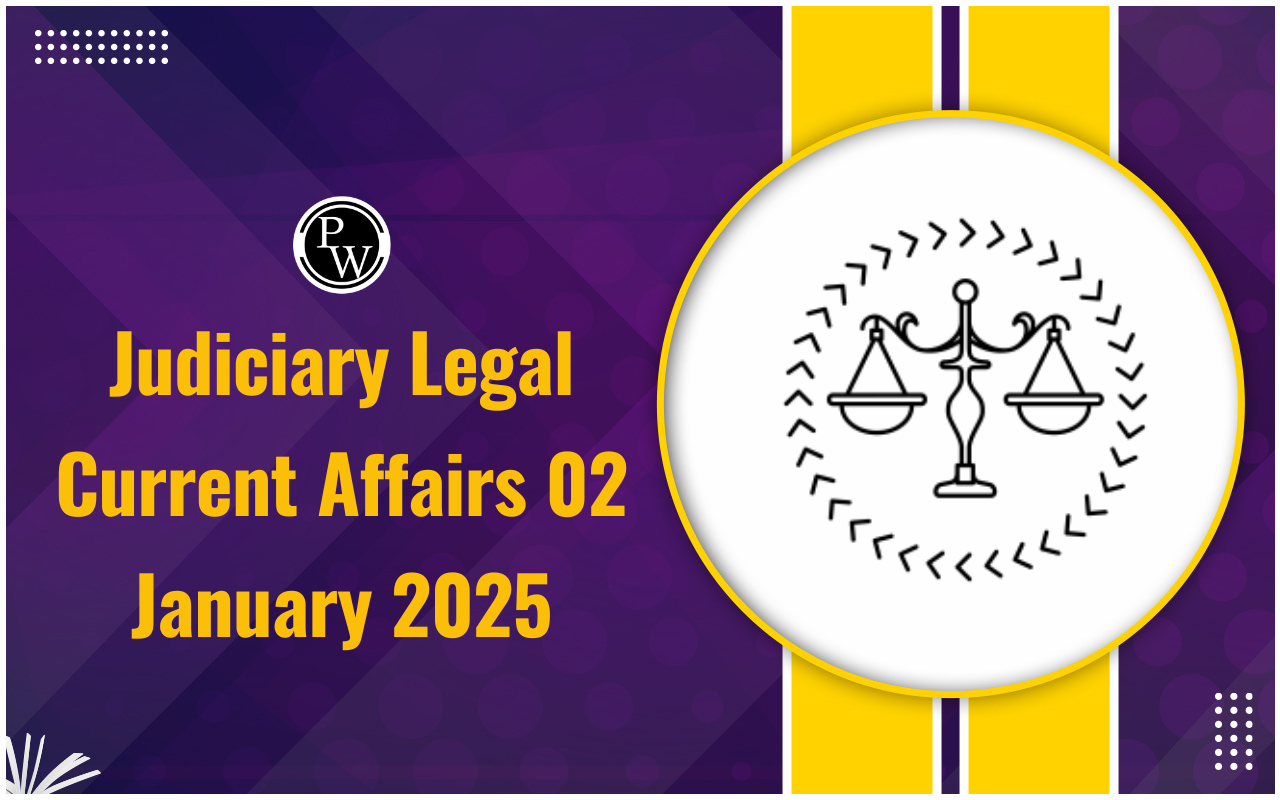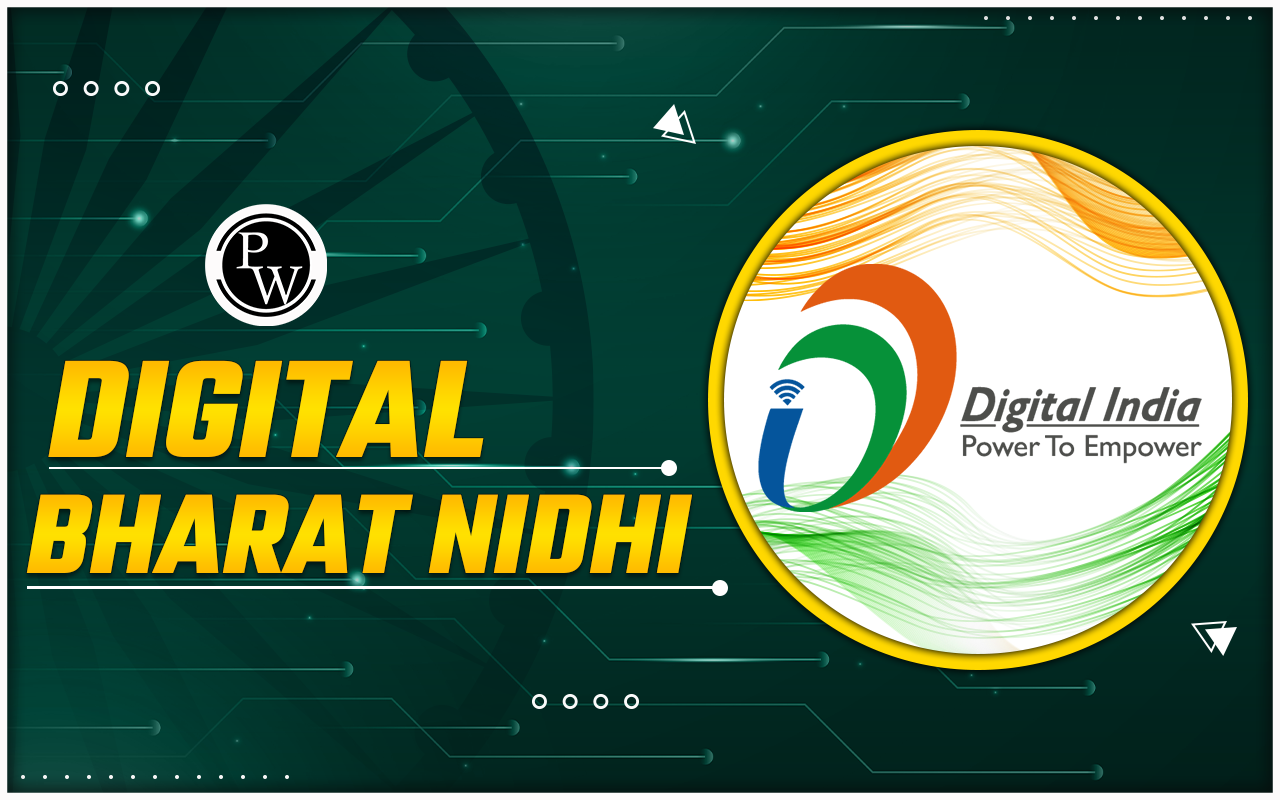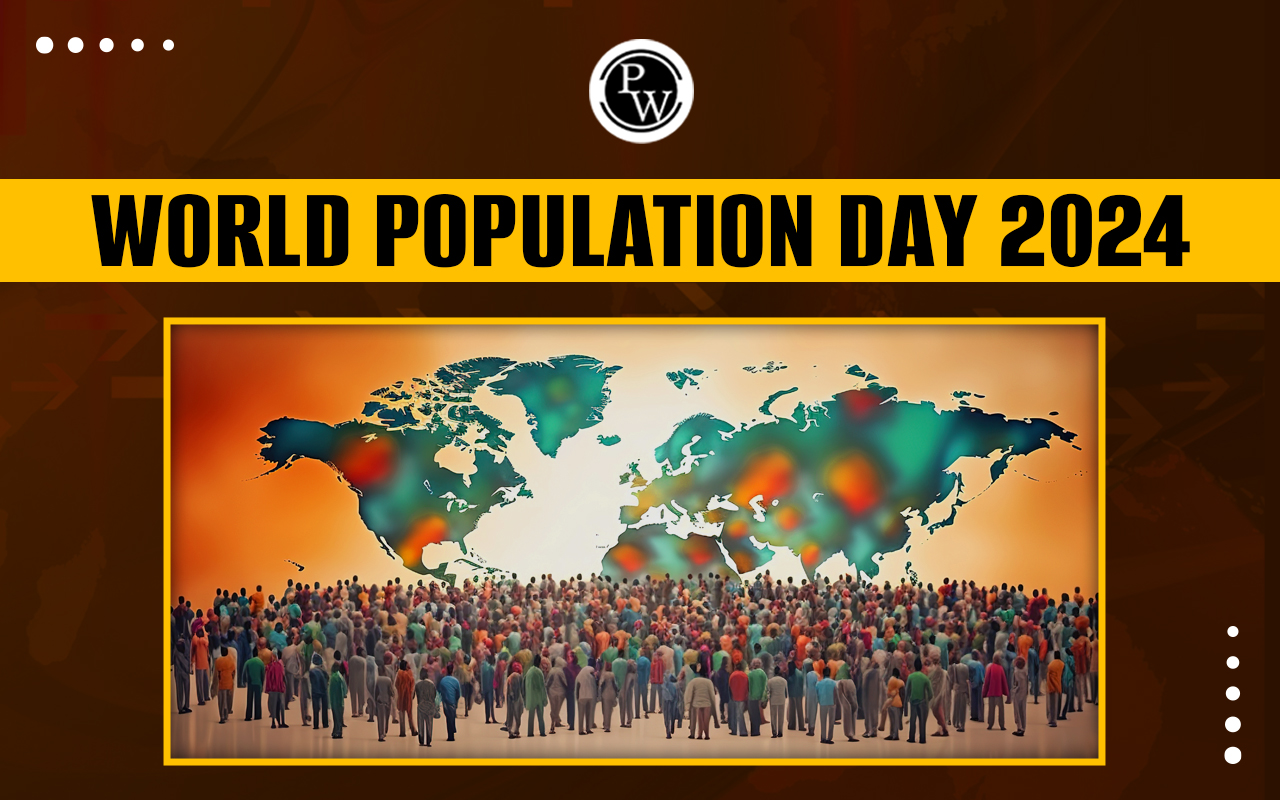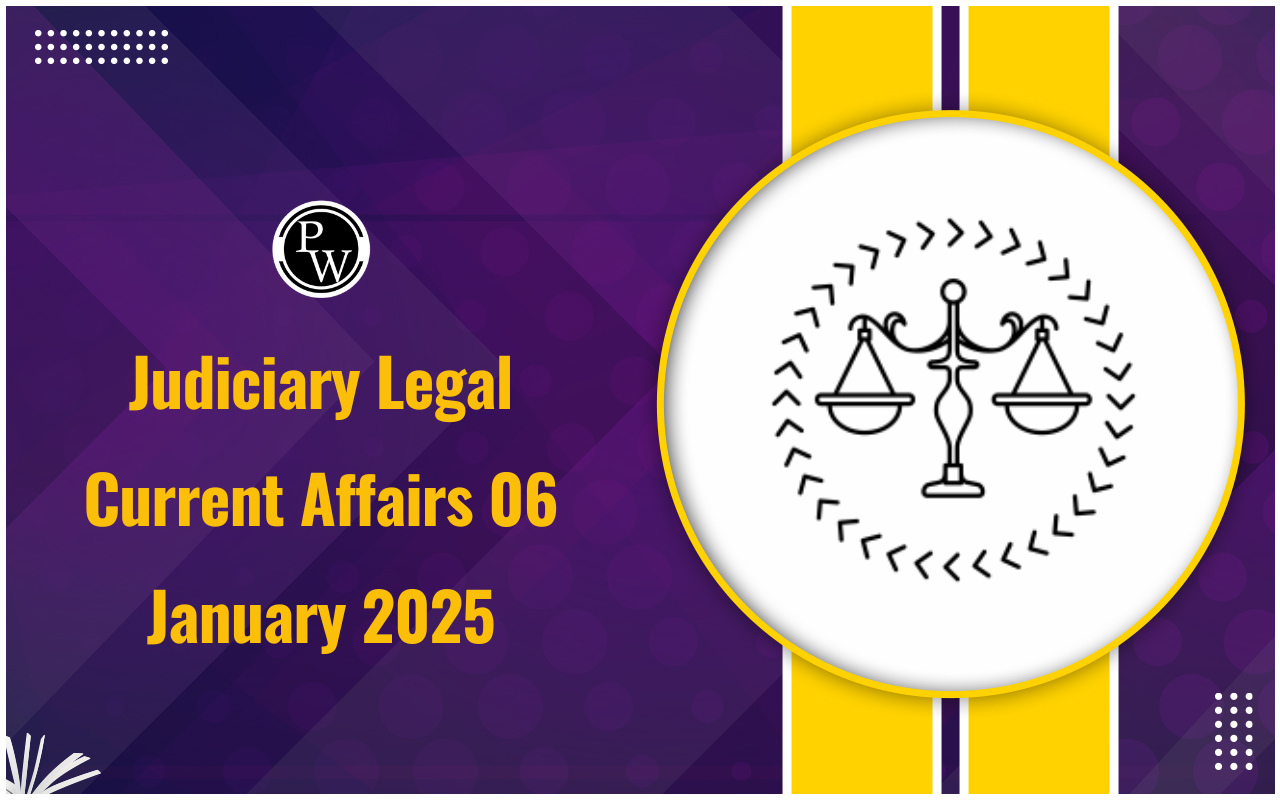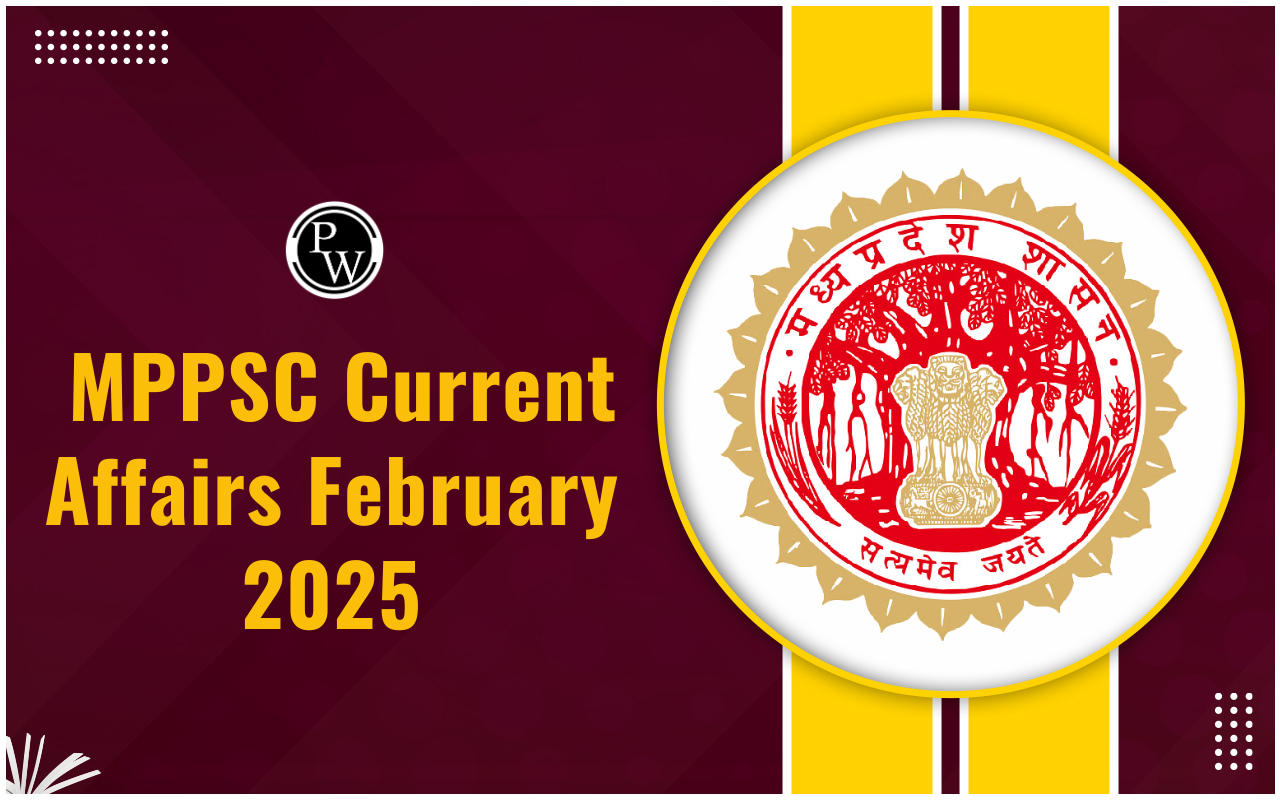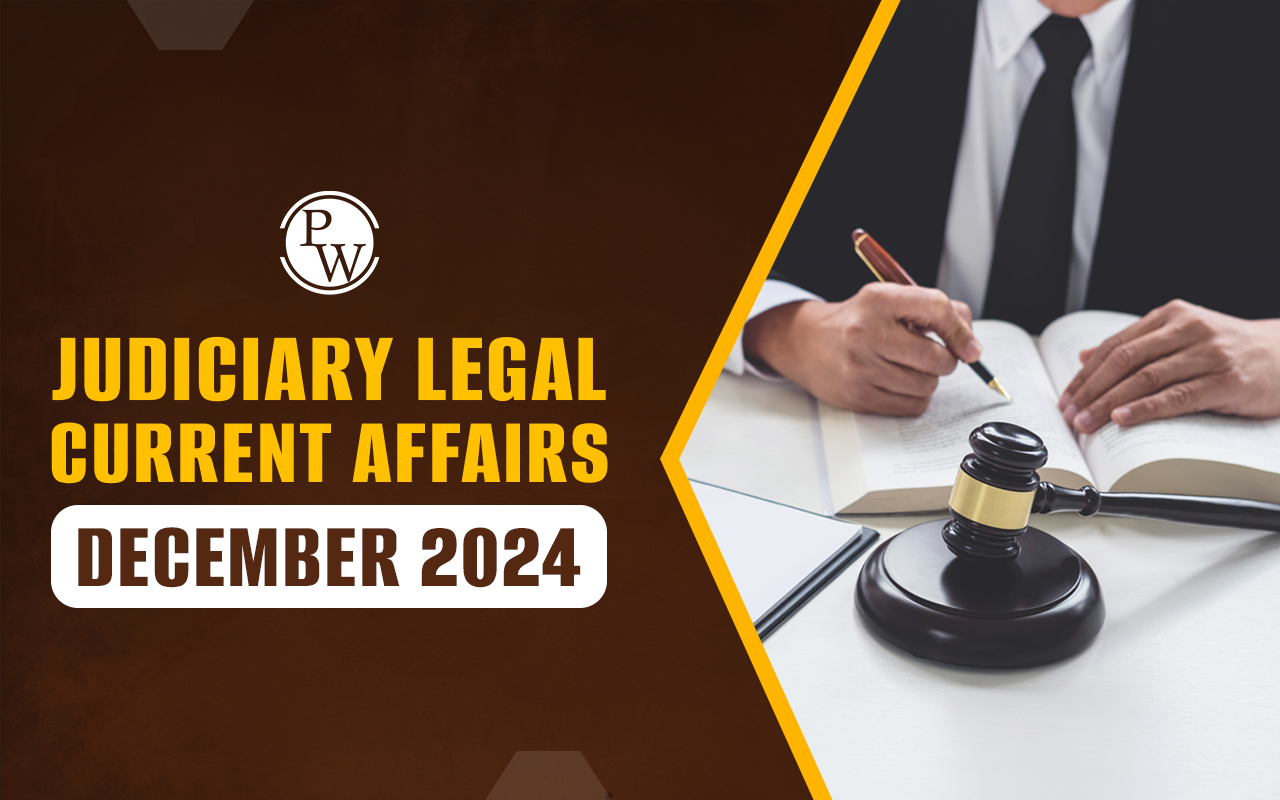
INA Trials: The Indian National Army (INA) Trials, also known as the Red Fort Trials, were a series of military court-martials held by the British Indian Army in 1945-46. These trials played a crucial role in galvanizing Indian public opinion against British rule and contributed significantly to the eventual independence of India. Check the INA Trials Overview, the three upsurges, and their impact on India's freedom movement.
INA Trials
The Indian National Army (INA) was formed during World War II under the leadership of Subhas Chandra Bose. It was comprised mainly of Indian soldiers who had been captured by the Japanese in Southeast Asia. Bose, a prominent nationalist leader, envisioned the INA as a force that would fight alongside the Axis powers to free India from British colonial rule.
Formation and Role of the INA
Bose's efforts led to the formation of the INA in 1942, with the slogan "Chalo Dilli" (March to Delhi). The INA's objective was to overthrow the British Raj and establish an independent Indian state. The army participated in various military operations in Burma (now Myanmar) and parts of India, fighting bravely but eventually being defeated by the Allied forces.INA Trials Overview
The INA Trials began in November 1945 at the Red Fort in Delhi. The British authorities charged the INA officers with treason, murder, and torture. The first and most famous of these trials involved three senior INA officers: Colonel Prem Kumar Sahgal, Colonel Gurbaksh Singh Dhillon, and Major General Shah Nawaz Khan. These officers were accused of waging war against the British Crown, a charge that carried the death penalty.Details about INA Trials
Public Trials of INA Prisoners: Hundreds of INA prisoners faced public trials, which played an important role in shaping government policy due to the immense public pressure that emerged in response.
Symbolism of the First INA Trial: The first INA trial, held in November 1945 at the Red Fort in Delhi, carried significant symbolic weight. The trial involved three individuals: Prem Kumar Sehgal, a Hindu; Shah Nawaz Khan, a Muslim; and Gurbaksh Singh Dhillon, a Sikh. Their collective representation of the major religious communities in India served as a unifying force, promoting a sense of shared identity among Indians.
Rising Anti-Imperialist Sentiment: The deployment of Indian Army units to restore French and Dutch colonial rule in Vietnam and Indonesia fueled anti-imperialist sentiment, particularly among the urban population and within the army. This contributed to growing discontent against British rule.
Congress's Support for the INA Cause: At the post-war Congress session in Bombay in September 1945, a strong resolution was passed, declaring the Congress's support for the INA cause. This endorsement was a significant boost to the movement.
Legal Defense for INA Prisoners: A team of prominent leaders, including Bhulabhai Desai, Tej Bahadur Sapru, Kailash Nath Katju, Jawaharlal Nehru, and Asaf Ali, came together to organize the legal defense for INA prisoners. Their efforts were instrumental in providing legal support to those on trial.
INA Relief and Enquiry Committee: The INA Relief and Enquiry Committee was established to assist those affected by the trials and provide necessary support to their families.
Widespread Support and Nerve Centers: Support for the INA cause extended far and wide, with nerve centers in major cities like Delhi, Bombay, Calcutta, Madras, towns in the United Provinces, and Punjab. Even distant regions such as Coorg, Balochistan, and Assam showed their solidarity. Various political and social groups, including the Congress, Muslim League, Communist Party, Unionists, Akalis, Justice Party, Ahrars in Rawalpindi, Rashtriya Swayamsevak Sangh, Hindu Mahasabha, and Sikh League, lent their support to the cause.
Broader Social Support: Support for the INA cause was not limited to political organizations. It also came from government employees, loyalists, armed forces personnel, the All India Women’s Conference, film stars, municipal committees, Indians living abroad, gurudwaras, and civilians. Men from the armed forces actively participated in meetings, welcomed released prisoners, and contributed funds to the movement.
A Growing 'Indian vs. British' Narrative: The central theme of the INA trials became a challenge to Britain’s right to dictate Indian affairs. The issue gained significant political traction, with the narrative increasingly framed as ‘Indian versus British.’
Organizational Unity Amid Communal Tensions: While there was organizational unity in support of the INA, communal divisions persisted among the populace. Muslim ratings, for example, often sought guidance from the League, while others turned to Congress and Socialist leaders.
Three Upsurges
First Upsurge: Calcutta, November 21, 1945 – Protests Over INA Trials
The first significant upsurge occurred on November 21, 1945, in Calcutta, driven by widespread anger over the INA trials. A large student procession, including members of the Forward Bloc, Student Federation of India (SFI), and students from Islamia College affiliated with the League and Congress, took to the streets. This march, symbolizing anti-imperialist unity, culminated in Dalhousie Square, where protestors tied flags together as a powerful symbol of resistance. When the authorities ordered the crowd to disperse, the protestors refused, leading to a violent confrontation. The police resorted to lathi charges, and in retaliation, the protestors hurled stones and bricks. This clash escalated, resulting in police firing and the tragic deaths of two individuals.Second Upsurge: February 11, 1946 – Protest Against Rashid Ali's Sentence
The second major upsurge took place on February 11, 1946, in response to the seven-year prison sentence given to Rashid Ali. This protest was led by students from the Muslim League, with strong support from Congress and communist student organizations. Despite the authorities' efforts to quell the protest by enforcing Section 144 and arresting demonstrators, the students remained defiant. Their refusal to back down led to more arrests and violent clashes with the police, who responded with lathi charges. The persistent agitation highlighted the growing unrest and dissatisfaction among the Indian populace.Third Upsurge: February 18, 1946 – Bombay Naval Strike
The third and most widespread upsurge occurred on February 18, 1946, when 1,100 ratings of the Royal Indian Navy (RIN) stationed at HMIS Talwar in Bombay went on strike. The strike was a reaction against racial discrimination, poor food quality, mistreatment by officers, the arrest of a fellow rating for writing "Quit India," the INA trials, and the deployment of Indian troops in Indonesia. The striking ratings boldly hoisted the tricolor, crescent, and hammer and sickle flags on their ships, symbolizing unity in resistance. They paraded through Bombay carrying Congress flags and received widespread support from the local population, including shopkeepers. This strike sparked sympathetic strikes across other military establishments in Karachi, Madras, Visakhapatnam, Calcutta, Delhi, Cochin, Jamnagar, the Andamans, Bahrain, and Aden. The Royal Indian Air Force also saw strikes in cities like Bombay, Poona, Calcutta, Jessore, and Ambala.Three Upsurges - Strikes in Other Areas
The Bombay Naval Strike inspired sympathetic strikes in military establishments across various regions, including Karachi, Madras, Visakhapatnam, Calcutta, Delhi, Cochin, Jamnagar, Andamans, Bahrain, and Aden. Additionally, the Royal Indian Air Force personnel participated in strikes in Bombay, Poona, Calcutta, Jessore, and Ambala, further amplifying the unrest.Three Upsurges - Responses and Outcomes
Despite the widespread support, these upsurges were not officially endorsed by Congress, primarily due to concerns about the timing and tactics of the protests. Mahatma Gandhi, in particular, criticized the naval mutiny, believing that if it was truly for India's freedom, it was misguided, and if it was due to grievances, the mutineers should have sought guidance from their leaders instead of resorting to rebellion.Three Upsurges - Concessions and Aftermath
These upsurges prompted significant concessions from the British government. Only INA members accused of serious offenses were tried, and the imprisonment sentences of the first batch were remitted in January 1947. Additionally, Indian soldiers were withdrawn from Indo-China and Indonesia by February 1947. These events also influenced the British decision to send a parliamentary delegation to India in November 1946, followed by the Cabinet Mission in January 1946. The growing unrest and mass mobilization played a crucial role in the eventual decolonization of India.Impact on the Indian Independence Movement
The INA Trials were a turning point in India's struggle for independence. The trials united Indians from all walks of life, cutting across religious, regional, and political lines. The support for the INA soldiers demonstrated the deep-seated resentment against British rule and the widespread desire for independence. The trials also exposed the weakening control of the British over India. The mutinies in the armed forces were a clear sign that the British could no longer rely on the loyalty of Indian soldiers. These events played a crucial role in convincing the British government that their days in India were numbered.INA Trials Legacy
The legacy of the INA Trials is one of patriotism, sacrifice, and the relentless pursuit of freedom. The trials are remembered as a symbol of the Indian people's unity and determination to achieve independence. The INA soldiers, who were once labeled as traitors, are now celebrated as heroes of India's freedom struggle. Subhas Chandra Bose and the INA remain iconic figures in India's history. The trials and the public's reaction to them are often credited with hastening the end of British rule in India. The INA's efforts, though ultimately unsuccessful in military terms, were instrumental in igniting the spirit of nationalism and hastening India's path to independence. The INA Trials of 1945-46 were not just military court-martials but a powerful chapter in India's fight for freedom. They highlighted the bravery of the INA soldiers, the unity of the Indian people, and the crumbling authority of the British Empire. The trials are a reminder of the sacrifices made by countless Indians in their quest for independence, and they continue to inspire generations to this day.INA Trials FAQs
1. What were the INA Trials?
2. Why did the INA Trials spark widespread protests?
3. Who were the key figures in the INA Trials?
4. What was the impact of the INA Trials on India's independence movement?

